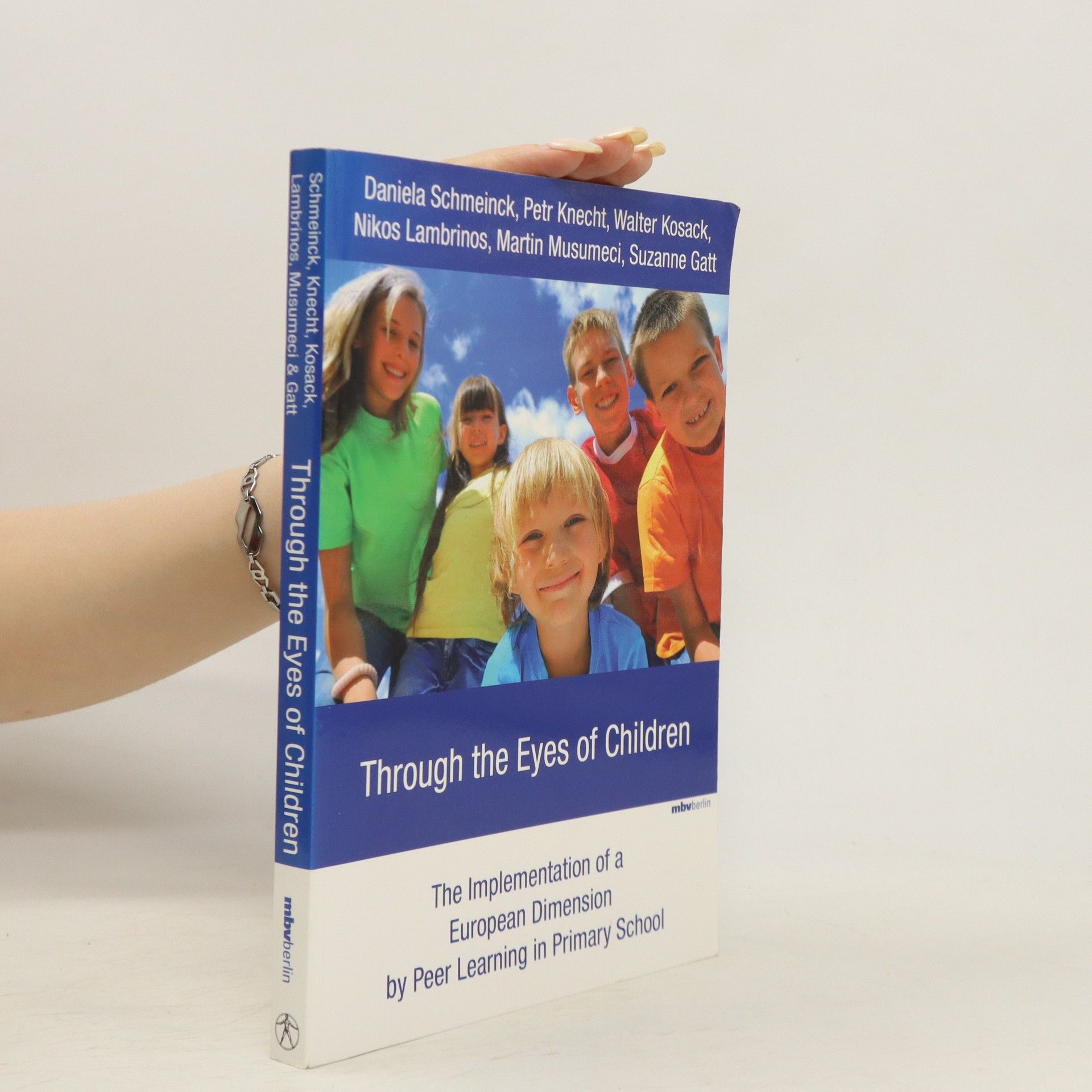Unsere heutige Welt ist durch einen beschleunigten gesellschaftlichen, technologischen und digitalen Wandel sowie eine Pluralität von Lebensentwürfen und Lebensstilen geprägt. Diese Entwicklungen bieten für das Lehren und Lernen im Sachunterricht neue Möglichkeiten, gleichzeitig stellen sie den Sachunterricht jedoch auch vor neue Herausforderungen. Wie müssen Bildungs- und Lernprozesse im Hinblick auf eine demokratische, pluralistische und durch Digitalität geprägte Gesellschaft und auf eine nicht vorhersehbare Zukunft gestaltet werden, um Schüler*innen darauf vorzubereiten, mit Vielfalt, Ungewissheit und Komplexität kritisch und konstruktiv umzugehen? Welche Innovationen des Sachunterrichts und seiner Didaktik sind dafür notwendig? Der vorliegende Band beleuchtet die Herausforderungen und Zukunftsperspektiven für den Sachunterricht in Bezug auf die Digitalisierung und Digitalität, auf Nachhaltigkeit und Bildung für Nachhaltige Entwicklung, auf Demokratiebildung und politische Bildung, auf Ungewissheit, Nicht-Wissen und Infragestellen bisheriger Gewissheiten sowie unter perspektivenübergreifenden und perspektivenbezogenen Fragestellungen.
Daniela Schmeinck Book order


- 2023
- 2010
The ‘European dimension’ in education has become integral to the school curriculum across EU countries, yet variations exist in how it is taught and delivered. The integration of information and communication technologies (ICT) into this educational area is progressing at different rates among member states. The E-PLIPS project aims to enhance European education by employing innovative intercultural teaching methods to establish effective pedagogies for imparting the ‘European dimension’ for life. Utilizing intercultural group learning and peer assessment, the project fosters a cooperative learning environment for both teachers and students. It develops materials designed to equip children and educators with tools to enhance lifelong learning skills and encourage active participation in European life. These resources are suitable for classroom learning and in-service training for teachers seeking to incorporate a ‘European dimension’ into their curricula. This work presents fresh ideas for implementing the ‘European dimension’ in education, emphasizing peer learning. It offers strategies for motivating students to explore the customs and daily lives of peers in diverse European nations, along with examples of how educators can promote this dimension. Additional resources, guidelines, and classroom ideas are available on the interactive DVD, serving as a direct teaching aid.